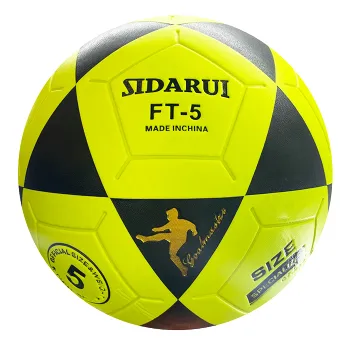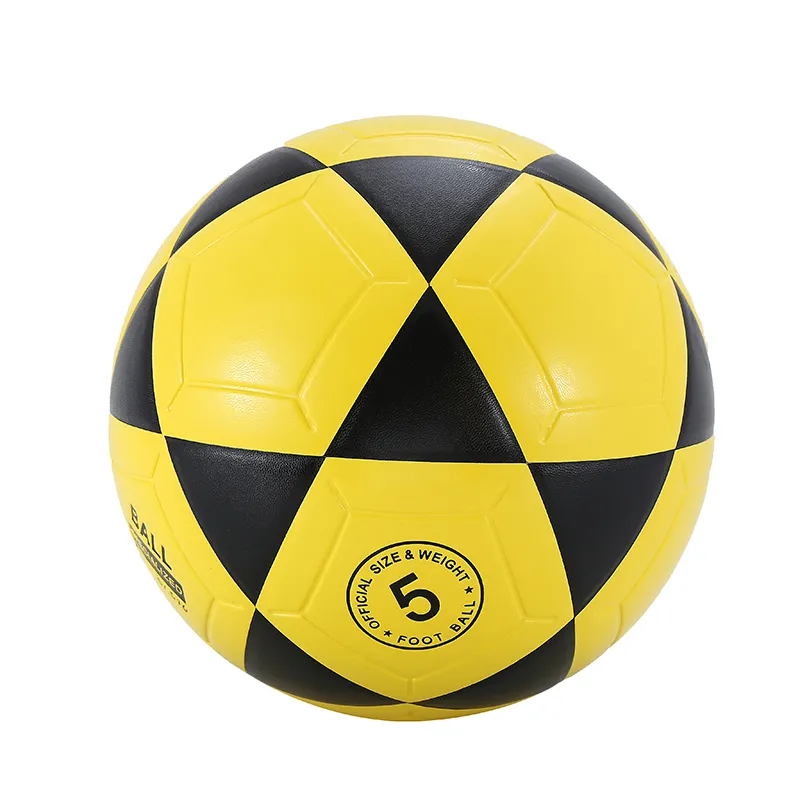In the heart of every exhilarating soccer match lies a silent but crucial participant - the official soccer ball. Its size, often underestimated, plays a pivotal role not only in the dynamics of the game but also in the players' performance. Understanding the importance of the soccer ball size and its variations is essential for players, coaches, and enthusiasts alike. This comprehensive guide delves into the specifics of soccer ball sizes, providing insights that combine experience, expertise, authoritativeness, and trustworthiness to equip you with the knowledge needed to make informed decisions.

Soccer balls come in various sizes, each designated for a specific age group and level of play. Size 1 soccer balls, often referred to as mini or skills balls, have a circumference of 18 to 20 inches and are primarily used for skills training and recreational purposes. They are perfect for young children starting to learn the basics of soccer and for seasoned players who wish to enhance their ball control skills.
Moving up, the Size 3 soccer ball, with a circumference of 23 to 24 inches, is designed for children under the age of 8. This ball is lighter and smaller than those used in older age groups, allowing young players to develop their skills without physical strain. Its manageable size and lighter weight ensure a positive experience for budding soccer stars, fostering their love for the game.

Size 4 soccer balls are crafted for players aged 8 to 12 years. These balls have a circumference of 25 to 26 inches and are slightly heavier than Size 3. They serve as a progression for young players transitioning towards full-sized balls, helping them adapt to the increased challenge in control and power, which is crucial in preparing them for more competitive play.
For players aged 13 and above, the official Size 5 soccer ball is used in most competitive matches worldwide. With a circumference of 27 to 28 inches and a weight between 14 to 16 ounces, the Size 5 ball meets international match standards set by governing bodies like FIFA. Its size and weight are designed to balance both speed and control, optimal for high-level competitions.
soccer official ball size
Selecting the right soccer ball size is not only about adhering to age recommendations but also considering the player's physical development and skill level. A ball that's too large or too small can hinder a player's progress and potentially lead to injury. Therefore, it is crucial to choose a ball that promotes growth and enhances the learning experience.
Materials and construction of the soccer ball are equally important. Most modern soccer balls are made from synthetic leather, which provides durability and water resistance. The inner bladder is typically constructed from latex or butyl, each offering different benefits in terms of air retention and touch. Understanding these materials can help players and coaches choose the right ball for their specific needs, further optimizing performance.
The importance of ball size and quality transcends beyond individual skills to affect team performance. Coaches and trainers leverage this knowledge to tailor their training regimes, ensuring that players are equipped with the right tools to succeed. Moreover, selecting the correct soccer ball size ensures fairness and consistency in competitive play, maintaining the integrity of the sport.
In conclusion, the size and quality of an official soccer ball play a vital role in the development of players and the flow of the game. By selecting the appropriate ball size, understanding the materials, and considering the specific needs of players, stakeholders can elevate the level of play and ensure a safe, enjoyable, and effective soccer experience. As advancements in technology and materials continue to evolve, staying informed about these changes will only enhance the authenticity and professionalism within the soccer community. So, whether you're stepping onto the field for the first time or a seasoned pro, the right soccer ball can make all the difference in your journey towards excellence.













